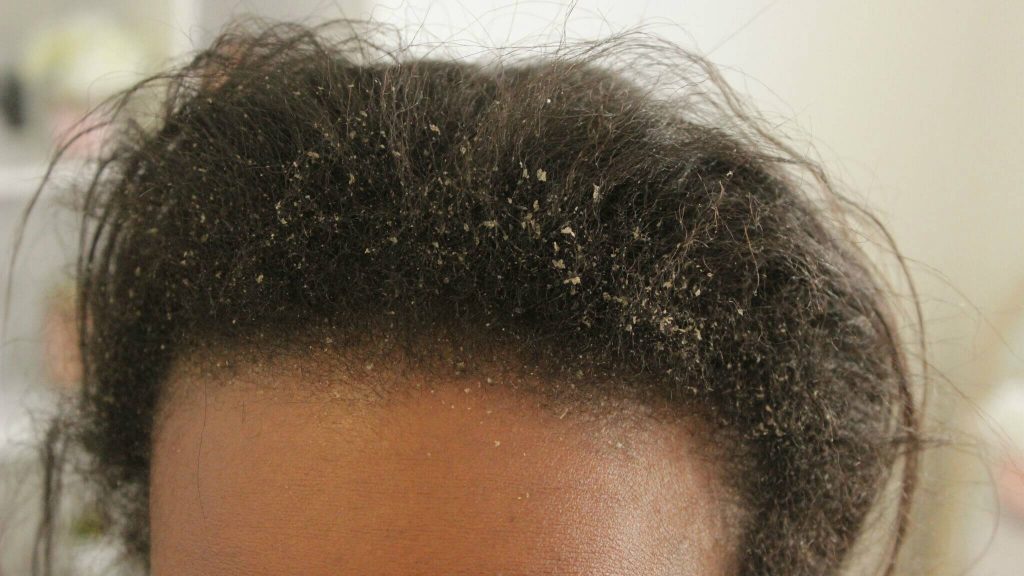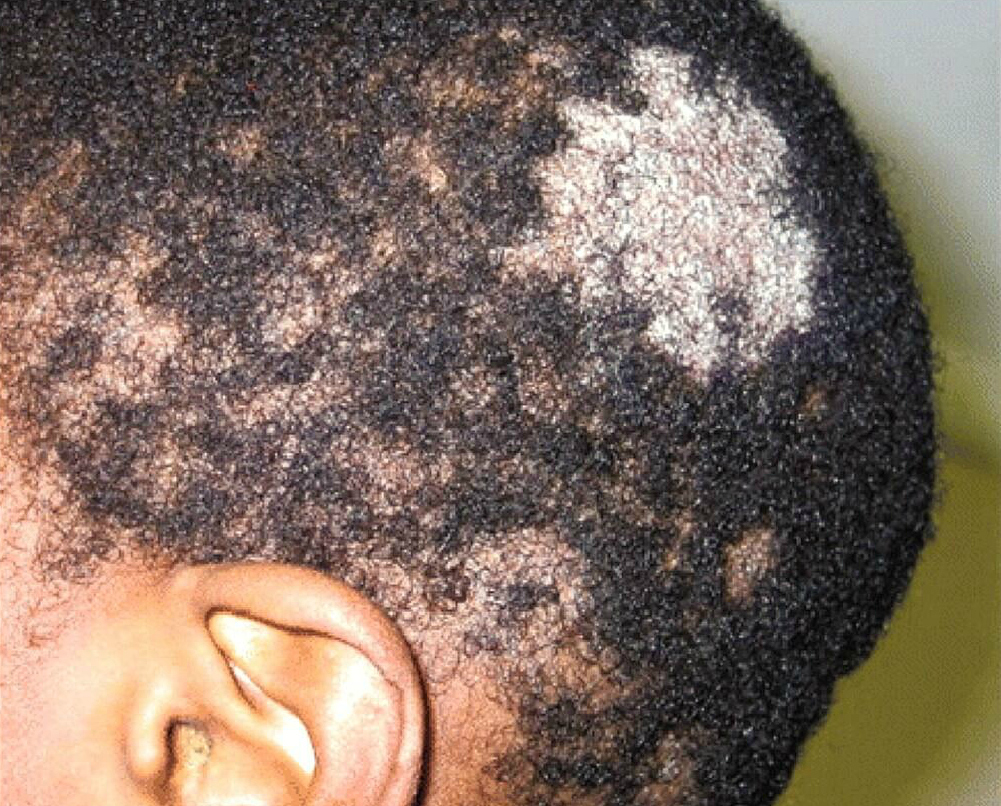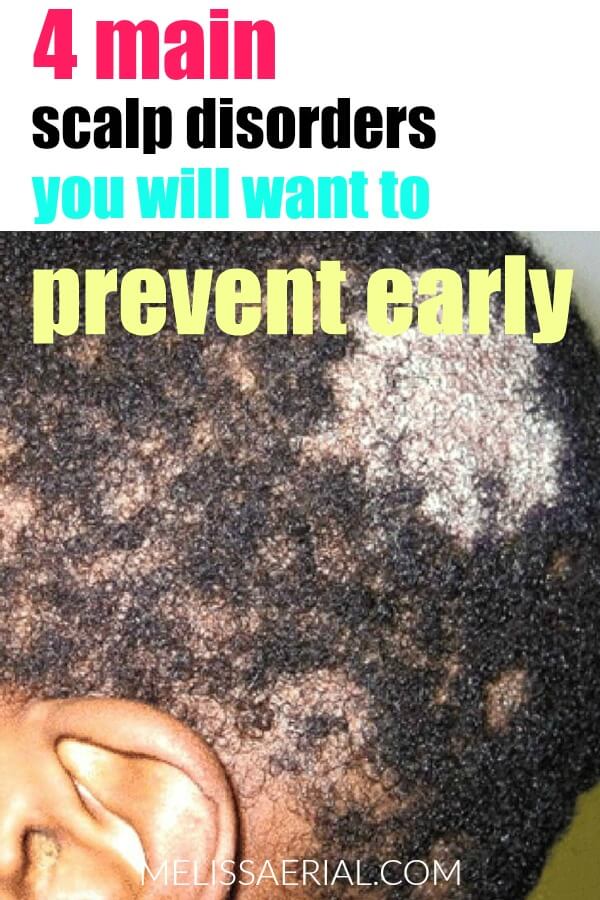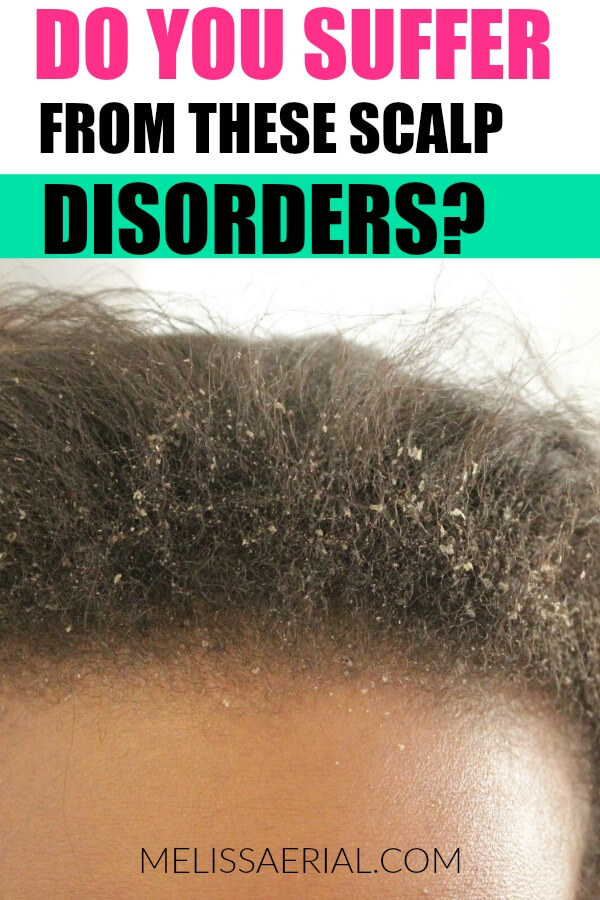Due to the high rate of sebum production and the density of hair follicles, the scalp tends to become more susceptible to inflammatory conditions and fungal infections.
THE SCALP DISORDERS YOU SHOULD KNOW ABOUT
Get informed about some of the scalp disorders, their symptoms, and possible treatments from the discussion below.
DANDRUFF
This is the first line of scalp disorders and most people mistaken it for dry scalp because the symptoms are similar.
Dandruff is characterized by oily and dry scalp.
The flakes from dandruff tend to be larger compared to the smaller and less noticeable flakes from regular dry scalp.
The technical term for dandruff is pityriasis, and is defined as an excess production and accumulation of skin cells.
The cause of dandruff is caused by a fungus called Malassezia.
This fungus is present on all human skins, but then can turn into dandruff when it grows out of control.
Some known factors that cause this fungus to spiral out of control are age, stress, poor hygiene, and hormone imbalances.
There are many antidandruff shampoos out there.
But the only way I was able to cure my pityriasis is by using an all-natural cleansing recipe which I share in my eBook, Hair Growth Ninja.

CRADLE CAP
Cradle cap, also called a honeycomb disease or milk crust, is a scaly rash, which is greasy and yellowish, that appears in patches on the scalp of recently born infants.
It is usually thick and crusty, but it is not itchy, and for that reason, it does not bother the affected baby.
This scalp disorder is not common, and it usually shows up in the first three months; however, it can occur in later years.
Doctors have not found the leading causes of this cradle cap disorder, but some hypotheses are fungal infections and probably overactive sebaceous glands.
Getting rid of cradle crap involves massaging the baby’s scalp gently using fingers or a soft brush.
You can also shampoo their hairs, at most once in a day.
SCALP RINGWORM
Ringworm of the scalp is a fungal disease (caused by fungi called Dermatophytes) of the scalp, characterized by round red/pink bald patches, which are itchy.
The technical term for this is tinea.
At the initial stage of the development of this scalp disorder, these patches are usually moist, but after a while, they become dry and scaly.
This infection is highly transmissible, i.e. it often spreads by direct skin-skin contact with the infected person.
It mostly affects toddlers and school-age children.
Nonetheless, you can cure it by application of anti-fungal medicines, or cleaning your scalp with a medicated shampoo that contains active anti-fungal ingredients.

PSORIASIS
In the scalp disorders family psoriasis is usually top of the list.
It is a scalp disorder that results from sped-up skin cells production.
The skin cells of people with this condition slowly rise to the scalp surface, but they do not have enough time to fall off; hence, leading to rapid buildup of these cells at the scalp.
Its symptoms include dryness, fissures, flakiness, peeling, rashes, redness, or small bumps on the scalp.
Most common factors that trigger this scalp disorder are cold, stress, and some infections.
Skincare like light therapy, applying ointments, or medications, are the best options to treat this disease.
LICHEN PLANUS
Lichen planus is an uncommon inflammatory disorder, which occurs when the immune system attacks skin cells mistakenly.
Allergens, stress, genetics, or viral infections are some contributing factors to these immune responses.
You can characterize this disorder by the development and spreading of lesions over the scalp for several weeks or months.
The scratches are purple-coloured, or they may appear as bumps with flat tops, covered by thin white lines.
The scalp can also have blisters, which burst and become scaly over time.
Light lichen planus does not need any treatment.
However, for uncomfortable or severe symptoms, doctors can prescribe retinoid, corticosteroids, or light therapy to get rid of the disease.
SCALP DISORDERS PREVENTION IS BETTER THAN CURE
With the increase in the number of patients seeking treatment for scalp-related problems, it is wise to discover them at their initial stages, and hence, get rid of them.
Dermatologists should also get adequate training on these scalp disorders to administer correct treatments.
Be cautious about your health!
Note: Affiliate links may be used in this blog post. I may receive a small commission at no extra cost to you if you make a purchase through my affiliate link. Read my full disclosure policy.


Sharing is caring!

